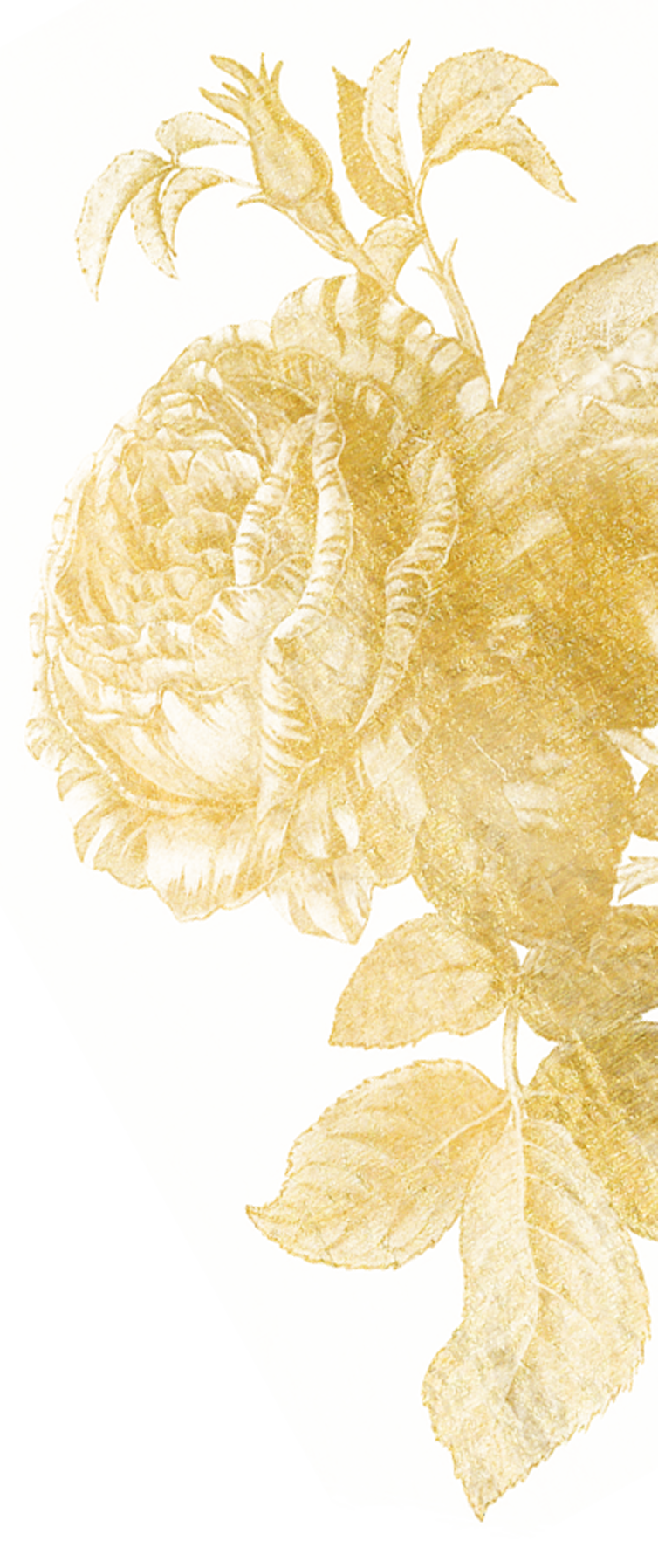Arushi & Luis


FAQs
Question
What should I wear to an Indian wedding? What about the reception?
Answer
Indian weddings are very bright and festive, so don’t be afraid to wear some color! For the morning ceremony, you will see many people wearing Indian outfits like salwar kameez or sarees. If you don’t have traditional Indian clothes, no need to worry – semi-formal attire including dresses, suits, and sport coats are all appropriate also! Most people will change for the reception as it is more formal. The evening reception is black tie optional – think suits, evening gowns, and cocktail dresses!
Question
What can I expect to see at an Indian wedding ceremony?
Answer
One of the first things that might surprise Western guests is the baraat, or groom's procession. For this, the groom traditionally arrives to the ceremony on a decorated white horse (our groom is opting for a more modern mode of transportation). The groom’s family and friends dance in the procession to the beat of a dhol, an Indian drum, as they make their way to the ceremony venue. After that, the bride’s family greets the groom and his family, and they proceed to the ceremony. The ceremony will take place under a canopy-like structure called a mandap. A Hindu priest will officiate and numerous relatives perform specific roles under his guidance. The bride and groom will be seated in front of the priest for most of the ceremony. The priest will recite verses in Sanskrit, but will also provide English explanations of the rituals. The ceremony will involve Gujarati customs, as the bride’s family is originally from the state of Gujarat in India.
Question
What will the reception be like?
Answer
It will be a big party! Our reception will be like most of the Western receptions you have been to, with the addition of some Spanish and Indian music. We both come from cultures that like to have a good time, and we can’t wait to celebrate with all of you!
Question
I hear the bride and groom and their families play games during the ceremony - what's this about?
Answer
There are a lot of fun traditions surrounding Indian weddings. One is for the bride's sisters (or cousins) to steal the groom's shoes after he takes them off to enter the mandap. The groom must pay the sisters to get them back because he is supposed to leave the mandap with the same shoes he came in. Another game occurs when the bride and groom race to their seats after circling a fire, as it is said that the first one to sit down will have the upper hand in the household!
Question
What is the significance of mehendi or henna?
Answer
Mehendi is a temporary natural dye used as an adornment in many South Asian and Middle Eastern cultures, and is often associated with special celebrations such as weddings. It is put on the bride's hands and feet a day or two before the wedding in intricate patterns, and it is also common for women to apply mehendi when attending a wedding.
Question
OK, enough about the wedding. What about the food?
Answer
Following the ceremony, there will be Indian vegetarian lunch. Because we are having a traditional Hindu ceremony, there will be no meat or alcohol served at lunch. Indian food can be spicy, but don’t worry – we’ve tried the food and there is something everyone will enjoy! The reception dinner will be more like a traditional Western reception dinner. There will be vegetarian and non-vegetarian options, and plenty of alcohol!